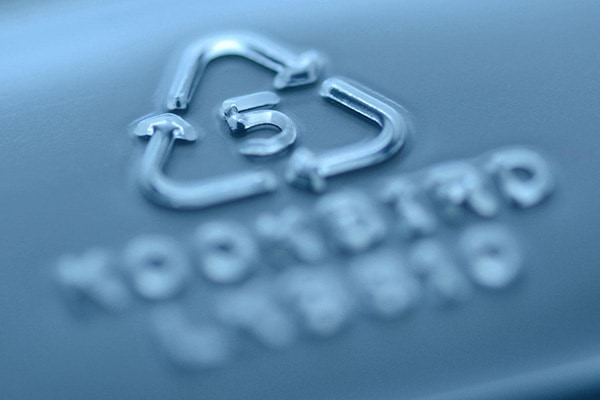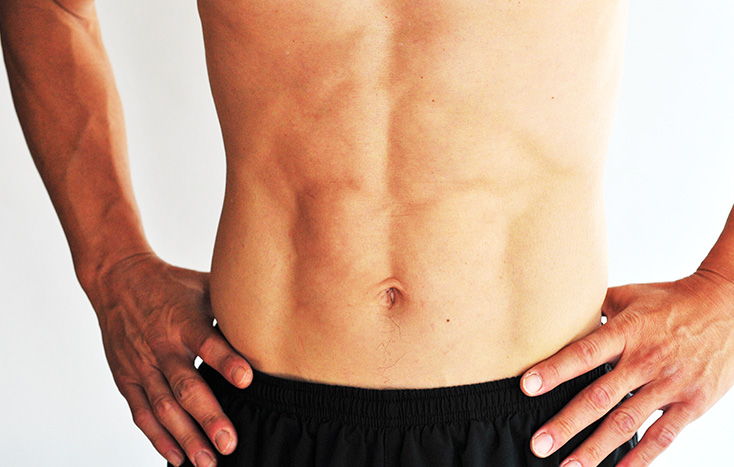There is a kind of weight loss diet out there that primarily focuses on keeping inflammation at bay — its creator, Dr. Barry Sears, firmly believe that inflammation is the one to blame for unintended weight gain. Well, he’s right — based on numerous scientific investigations, inflammation is linked to obesity as well as so many other serious medical problems such as diabetes, heart disease and cancer.
The primary goal of the zone diet is to put you in a zone in which diet-induced inflammation is put under control, as evidenced by the results of certain tests that can reveal whether inflammation-related clinical markers are within what’s regarded as ideal values. For instance, the triglyceride to high-density lipoprotein (or good cholesterol) should be less than 1 in order for a person to be considered as in the zone.
What’s so nice about the zone diet is you get to eat 5 times a day — 3 meals and 2 snacks. Clearly, the zone diet gives a nod to a very common recommendation by weight loss experts for accelerating one’s metabolic rate, and that’s by eating 5 to 6 times per day rather than the traditional 3 big meals per day — you need to eat as soon as you jump out of bed, never let 5 hours pass without putting something in your mouth, and then eat again just before you hop back into bed. If you’re unhappy with weight loss diets that considerably limit the number of meals you can have per day, then you will surely find it easier to stick to the zone diet.
Unfortunately, just like with most diets, the zone diet has a list of allowed and restricted foods. Actually, virtually anything you want can be enjoyed while you’re doing the zone diet. However, some of them have to be consumed in very small amounts only — you have to think of them as condiments rather than main or side dishes. Some examples of those that have to be taken in great moderation are grains and everything else out of them such as bread and pasta.
Every meal or snack has to be made up of foods containing protein (like chicken, turkey and fish), carbohydrates (such as fruits and vegetables) and good fat (like avocados, nuts, seeds and olive oil). The zone diet recommends for every meal of yours to follow this particular proportion: 30 percent protein, 40 percent carbohydrates and 30 percent fat. It’s important to note that the said proportion should be applied on every single meal or snack — you can’t have all the carbohydrates in the morning and then have the rest later on.
Sadly, while on the one diet you have to make sure that per day you do not go beyond the prescribed amount of calories to consume: for males it’s 1,500 and for females it’s 1,200. The good news is sticking to the recommended meal plans won’t make it difficult for you to stay within the suggested daily caloric intake. And just in case you have a hard time following the diet’s recommendation, you can easily get your hands on the zone diet cookbooks available these days. Also, the official website of the zone diet sells prepackaged foods and meals.
So what about exercising? Just like most other weight loss diets out there, the zone diet encourages you to exercise. It says that it is a good idea for you to consistently engage in mild to moderate exercises for at least 30 minutes — brisk walking is highly recommended. Also, strength training for 5 to 10 minutes has to be done.
Does going on the zone diet sound so feasible and tempting? Before you welcome it into your life, there’s one very important thing that you need to do first: inform your primary health care provider about your plan especially if you have a known medical condition. Even if it’s evident that the zone diet is a healthy kind of diet based on the allowed foods and goals, still it’s important that you get the go signal of your doctor first before commencing the diet (or any other type of diet) for your own safety.








